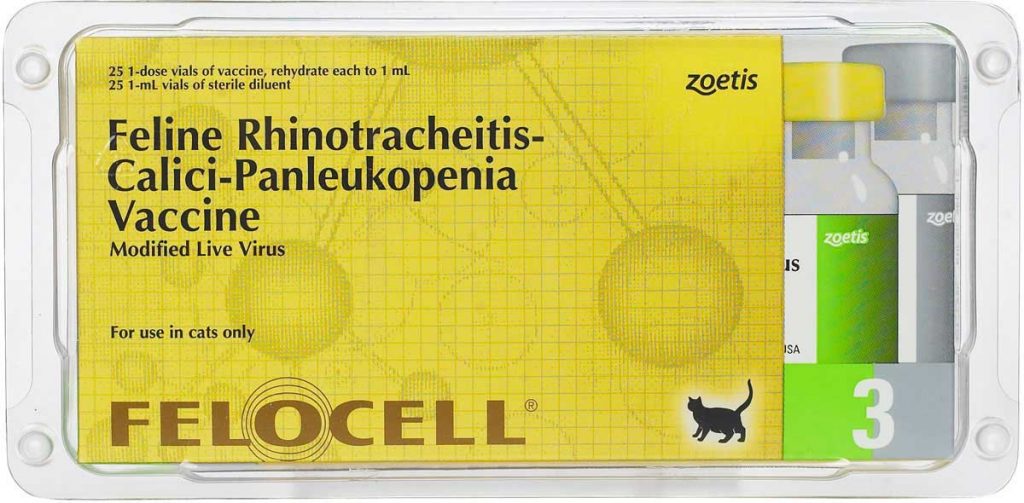Dr. Cary Craig – Weighing in on CH & Anesthesia!

Cary Craig
Health Science Associate Clinical Professor
Surgical & Radiological Sciences UC Davis Veterinary School
PART 1
There are no medical contraindications to any anesthetic technique in CH. However, I think there are considerations, particularly with respect to recovery from general anesthesia. My preference would be to use short acting or reversible techniques. Inhalant anesthetics such as isoflurane have the advantage of being very short acting and recovery is rapid once the inhalant is discontinued. My own CH kitties I have induced anesthesia either with propofol (a short acting injectable anesthetic) or isoflurane or sevoflurane by mask. For anesthetic maintenance gas anesthesia is best, maintaining anesthesia with injectable anesthetics for a spay would require doses that would prolong the recovery period. The gas should be delivered by an endotracheal tube rather than a facemask. Anesthetized animals, with or without CH, cannot protect their airways and are at risk for aspiration and/or airway obstruction. I would also recommend the use of an analgesic (pain control medication) and it is best used as a premedication, i.e., given prior to the surgical procedure. Usually this is a narcotic. The doses used for pain control are safe. Occasionally, some cats have some behavioral changes when they are given narcotics which can be sedation, euphoria or dysphoria. These are temporary; they go away as the drug wears off. If the drug effects are unacceptable the narcotic can be reversed.
To dispel any myths- gas anesthesia is not safer than injectable anesthesia but it does offer a number of advantages in many circumstances. In CH kitties the rapid recovery is the primary advantage. It is not dangerous to use ketamine in CH kitties but I expect recovery from ketamine to be a very unpleasant experience for a kitty that has difficulty with balance and coordinated movement. Ketamine has a fairly long duration which gets very long if it is used intramuscularly as an anesthetic.
Acceptable medications for CH cats are; Dormitor/Antisedan, Dormitor (medetomidine), is a sedative/analgesic that can provide profound sedation and short term analgesia. It is reversible with Antisedan (atipamizole) which makes it very useful for short procedures. It is not really an anesthetic so I would not recommend it for a spay which is an abdominal surgery. I think it is suitable for castrations in young, healthy animals.
PART 2
Neurologic injury from anesthesia is caused by a period of inadequate oxygen delivery to the brain. The severity of the neurologic damage is proportional to the length of time the brain is oxygen deprived. The part of the brain involved in vision is particularly sensitive to lack of oxygen so blindness is the most common symptom, more severe deficits are certainly possible.
There are basically two reasons why the brain would not get enough oxygen during anesthesia in all patients (normal or otherwise) and with all anesthetics (there are no safe anesthetics, only safe anesthetists):
- Not enough oxygen gets into the blood – this would occur if there is a problem at the breathing level. Almost all anesthetics depress breathing in a dose dependent manner, the deeper the level of anesthesia the more depressed breathing is. A kitty breathing room air (21% oxygen) probably will not get enough oxygen into his/her lungs if breathing is depressed. This is why anesthetized patients should always be provided supplemental oxygen. Another thing that can prevent enough oxygen from reaching the lungs is an obstruction of the airway. Anesthetized kitties cannot protect their own airways reliably and are at an increased risk for airway obstruction. This why a fully anesthetized (as opposed to sedated) kitty should have an endotracheal tube placed. It keeps the airway open and helps prevent any fluid (saliva, blood, mucous, vomit, etc.) from being aspirated into the lungs. One caveat, in the hands of someone not experienced intubating cats, intubation itself can be associated with complications (tube accidentally placed in the esophagus, traumatic intubation, spasm of the larynx)
- Not enough blood gets to the brain. Even if there is plenty of oxygen in the blood if blood flow to the brain is inadequate the brain will become hypoxic (oxygen deprived). This can happen if blood pressure gets very low. Most anesthetics decrease blood pressure in a dose dependent manner. It is impossible to predict how much blood pressure will decrease in any given patient by any given dose of any anesthetic. Cats are particularly sensitive to the blood pressure lowering effects of commonly used anesthetics so blood pressure should be routinely measured in cats that are under general anesthesia. That way, a drop in blood pressure will be detected and appropriate action can be taken to restore it to normal.
I think one of the most common causes for a cat to wake up with neurologic problems is a prolonged period of very low blood pressure. If not enough oxygen gets to the lungs so that there is not enough in the blood the gums and pink skin will turn bluish purple (cyanotic) and if anyone is looking at the cat they should see this. If there is enough oxygen in the blood but not enough is getting to the brain you have no way of knowing this unless you are measuring blood pressure. It can even happen sometimes when blood pressure seems ok – blood flow is extremely important and we infer blood flow from blood pressure. So it is important that the person monitoring the anesthesia can interpret the blood pressure numbers in the context of the cat’s clinical signs of adequate blood flow.
There are still too many practices that do not routinely measure blood pressure in their anesthetized patients with the assumption that standard drug protocols and dosages won’t cause a problem. But normal doses in normal patients can, and often do, cause problems. If the problems are detected and addressed they are not serious. If not detected there may have serious consequences.
This is scary stuff but it should not stop client’s from having their cat’s anesthetized for necessary procedures (e.g. spay, neuter). The incidence of cats that aren’t ill dying while anesthetized has been found to be about 0.3% (or 175 out 80,000). That figure goes up substantially if the cat is sick when it is anesthetized. This is much better than 10 or 15 years ago (but still ten times the mortality rate seen in people) and we are working very hard at finding ways to make it even better.
I think the most important factors in improving the safety of anesthesia are experience with the drugs being used and in anesthetizing the species they are being used in, experience and skill with endotracheal intubation and vigilant monitoring.


